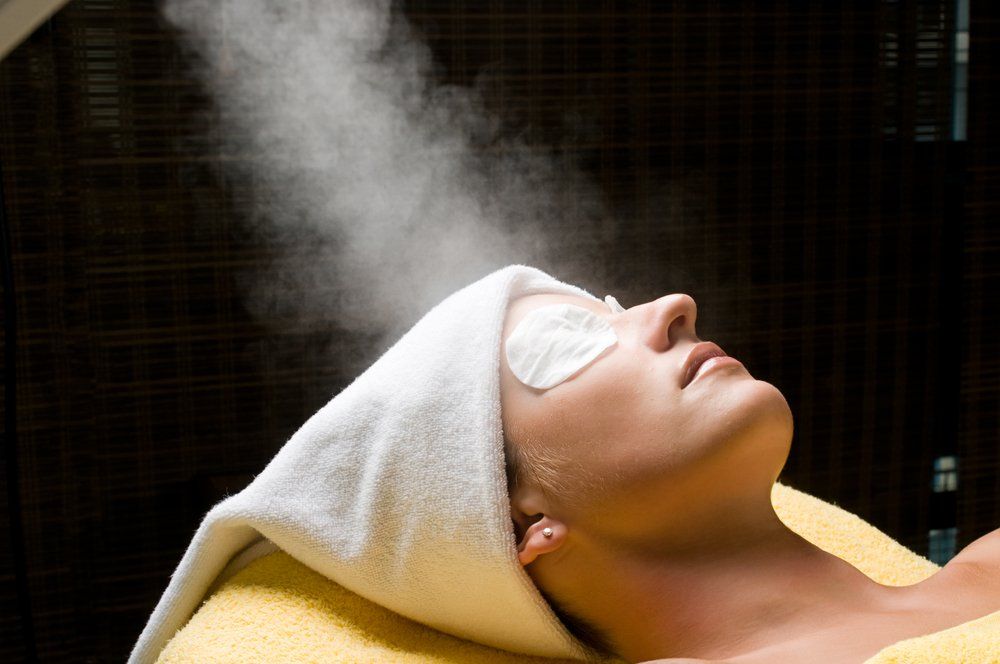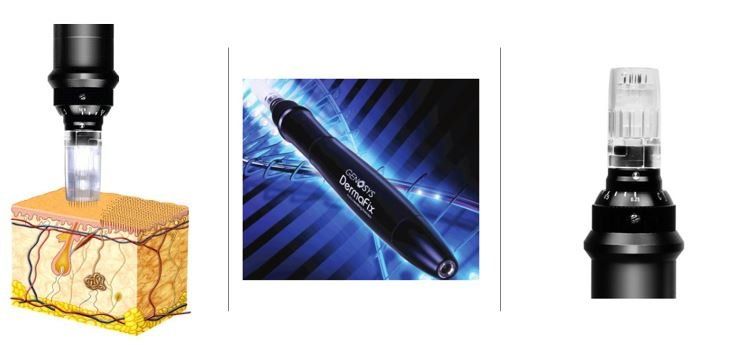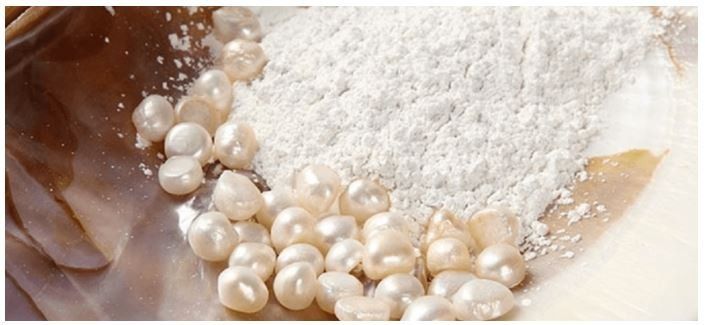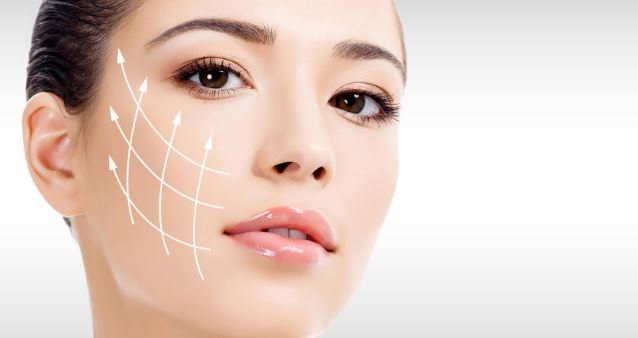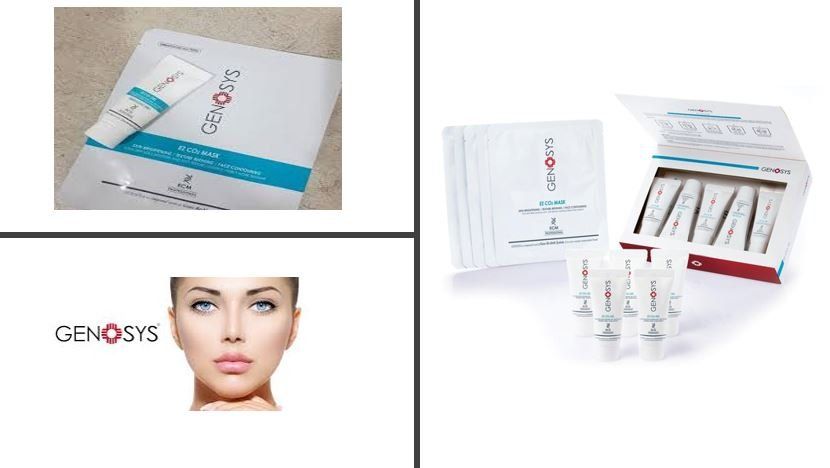What to Expect from Microneedling with Platelet-Rich Plasma (PRP)
How is this different from regular microneedling?
Microneedling is a cosmetic procedure that’s primarily used to minimise the signs of aging.
During a standard session, the esthetician uses a special roller or device with needles to prick the skin and stimulate new collagen production. Because of this, microneedling is also known as collagen induction therapy.
Platelet-rich plasma (PRP) injections can be added to the session for an additional cost. Microneedling with PRP is said to create more tightness in the skin and speed the healing process along.
What is this procedure used for?
Traditional microneedling is used to treat everything from age spots and wrinkles to scarring and other forms of hyperpigmentation. PRP injections may boost these effects and help you achieve your desired results faster.
Although microneedling can be used to treat scars and stretch marks on other areas of the body, PRP is designed for the face only.
You may have seen online photos of a celebrity or influencer’s face covered with blood after this procedure. This is where the nickname “vampire facial” comes from. However, these pictures show an older method of applying whole blood to the skin while microneedling. With recent advances in treatment, only the PRP from the blood is applied to the face. The result is a milder pinkness or redness on the face.
You may be considered a good candidate for this procedure if you’re in sound health and looking to treat minor signs of aging.
It may not be the best option for you if you:
·are pregnant
·use Accutane for acne
·have certain skin conditions, such as facial eczema or rosacea
·scar easily
·have a history of poor wound healing
·have undergone skin radiation in the last 12 months
Your esthetician will evaluate your medical history to determine if you’re a good candidate for microneedling with PRP.
How much does it cost?
Microneedling with PRP is considered an elective aesthetic procedure.
Some estimates put a microneedling treatment with PRP at around £450 per session. By comparison, a typical microneedling session for the face is about £135 upwards. Keep in mind that the higher cost reflects the base cost of the microneedling with the addition of the PRP treatment.
As with other types of microneedling, you’ll need more than one treatment to see full results. Most people need anywhere from three to six sessions, with one session done every four weeks.
Microneedling with PRP it’s less expensive than more invasive surgeries.
How do you prepare for your appointment?
Your esthetician will give you specific instructions on how to prepare for your treatment. This may include:
·avoiding direct sun exposure or tanning the week before your appointment
·drinking lots of water in the final days before your appointment
·arranging a ride home from your appointment
·arriving with a bare face (you may cleanse that morning, but you should avoid wearing makeup or moisturiser)
What to expect during your appointment
Microneedling with PRP is a quick process compared to other cosmetic procedures.
Before
Arrive at least ten minutes before your appointment. This will give you time to finish up any last-minute paperwork or payments.
When you’re ready, your esthetician may give you a gown to change into. After cleansing your skin, your esthetician will apply a topical anaesthetic, under new regulations the client is required to purchase their topical (numbing Cream) over the counter from their local pharmacy. A patch test is required before treatment commences. This will need to set for at least 30 minutes before microneedling begins.
During the treatment
The actual procedure involves two steps. The microneedling portion lasts about 30 minutes. During this time your esthetician will apply a professional-grade derma roller or CE approved device to your face and move it in sweeping or circular motions.
A syringe of blood will be drawn, usually from your arm, while your face is numbing. The blood is then put into a centrifuge, which separates the PRP from the blood. The PRP solution is then massaged into the treatment area, either during or after microneedling. The microneedling treatment opens channels into your skin, allowing for good penetration of the PRP.
In the past, PRP has been injected into the skin, but it’s becoming more of a common practice to use it along with microneedling.
After
Once the procedure is finished, your esthetician will apply a serum or balm to help soothe any redness and irritation. They may also use a portion of the blood drawn known as platelet-poor plasma. You may also have the option to put on makeup to camouflage any temporary side effects.
Unless an adverse reaction occurs, you’re free to go home at this point. Although many people are comfortable enough to drive home, arranging a ride home in advance can help alleviate any uncertainty.
Potential side effects and complications
Bruises and inflammation are the most common side effects. They typically appear immediately after the procedure and clear within four to five days. You’ll want to avoid sun exposure and harsh skin treatments during this time.
The good news is that PRP contains your own blood, so there’s little chance of cross-contamination or infection. Rare, but serious, complications include infection and scarring.
What to expect during recovery
Recovery for this procedure is relatively minimal. You can go back to work the next day if you wish.
There may still be some redness and other signs of minor irritation, but you’ll want to avoid applying too many products to your skin. Simply cleanse and moisturise your skin twice a day. Follow with a lightweight foundation or powder, as desired, to minimise redness. Your esthetician may also recommend or provide products to help your skin recover.
You’ll want to avoid alcohol-based products and exfoliants during the recovery stage. Sun exposure may also slow down your results.
Until your skin has completely healed, avoid rigorous activities that might cause excessive sweating and heat production. Examples include running, playing tennis, and heavy workouts. Sweating may cause additional irritation and rigorous activities may increase the risk of swelling or bruising. This usually should be avoided for at least 72 hours after your treatment.
When will you see results?
Using PRP alongside traditional microneedling treatments results in smoother, firmer skin. But as with other microneedling procedures, these results won’t last forever.
After you finish your course of treatment, you’ll need to follow up with your esthetician once a year for potential maintenance.
If your esthetician determines that you need a maintenance session, be prepared to spend the same amount per session as you did for your initial treatment.
You may be able to extend the results of your treatment by:
·avoiding direct sun exposure
·wearing sunscreen every day
·cleansing your skin with a gentle cream or gel product only (exfoliants may irritate your skin after receiving this procedure)
·moisturising your skin properly
·avoiding any picking or scratching of your face
What you should do if you’re interested in microneedling with PRP
Your first step is to schedule a free consultation. This will time for any questions you have about the procedure, as well as discuss any associated costs.
Once you start undergoing treatment, you’ll need to follow your esthetician’s instructions for each session. The treatment sessions are usually spaced out a few weeks apart. Skipping sessions will ultimately curtail the anticipated results.
You’ll also want to touch base with your esthetician if any unusual side effects develop post-treatment. Seek immediate medical attention if you develop excessive bleeding, swelling, or other signs of an infection.

